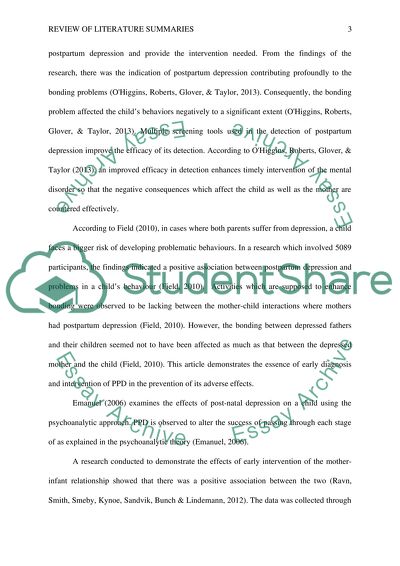Cite this document
(“Review of leterature Essay Example | Topics and Well Written Essays - 1500 words”, n.d.)
Retrieved de https://studentshare.org/nursing/1690840-review-of-leterature
Retrieved de https://studentshare.org/nursing/1690840-review-of-leterature
(Review of Leterature Essay Example | Topics and Well Written Essays - 1500 Words)
https://studentshare.org/nursing/1690840-review-of-leterature.
https://studentshare.org/nursing/1690840-review-of-leterature.
“Review of Leterature Essay Example | Topics and Well Written Essays - 1500 Words”, n.d. https://studentshare.org/nursing/1690840-review-of-leterature.


